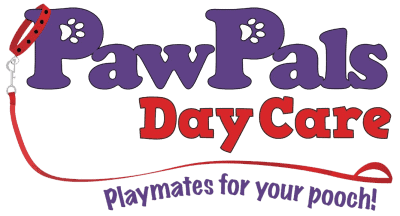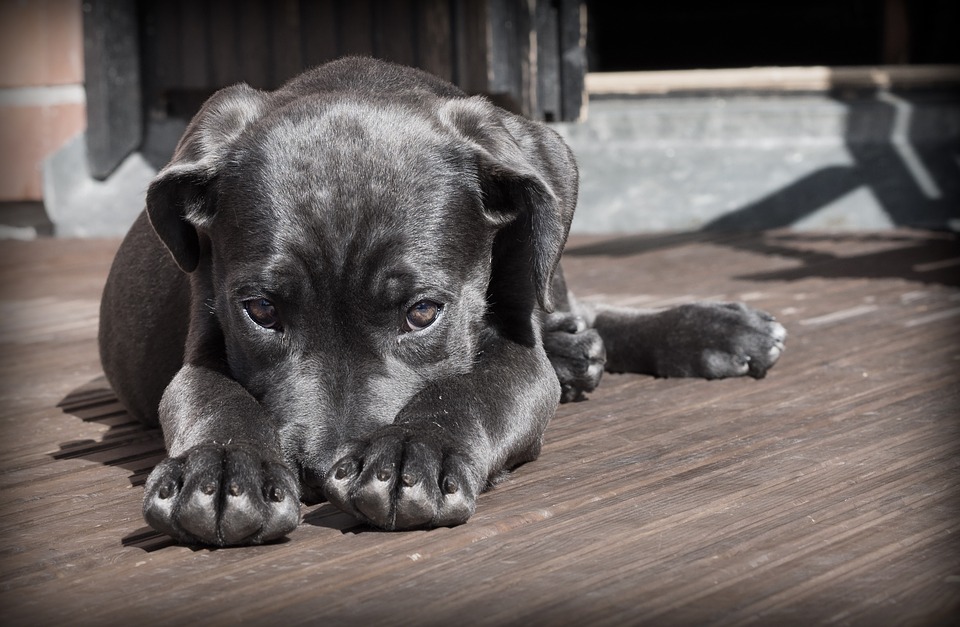Why do dogs get separation anxiety?
Your dog doesn’t mean to upset or frustrate you; separation anxiety in dogs is a serious condition, and it’s a panic response. Dogs are usually part of a pack in nature, meaning they are rarely by themselves. Your dog sees you as part of their pack, which can lead to hyper-attachment and severe stress when you leave them.
Experts don’t fully understand why some dogs experience separation anxiety, and others don’t. However, we’ve done some research into which situations may trigger your dog’s separation anxiety:
- Leaving your dog alone for the very first time
- Leaving your dog when they are accustomed to constant human contact
- A traumatic event, like a boarding kennel stay or an extended visit to a veterinarian
- A drastic change in routine or structure
- Loss of a companion or family member
How to detect separation anxiety in dogs?
Various behaviours show your dog suffers from separation anxiety. Below are some of the common symptoms of canine separation anxiety.
Common separation anxiety symptoms for dogs:
- Scratching and digging at doors or windows to be with their owners
- Attempts to escape
- Destructive behaviour like chewing
- Excessive barking, whining and howling
- ‘Accidents’, even when house-trained
- Increased drooling, panting, yawning or lip licking
- Pacing in obsessive patterns
Are their levels of separation anxiety?
Yes, there are two types of separation anxiety dogs can experience. The first is known as an attachment disorder, and it’s when a dog is closely attached to a person or people in general, and they panic when those people aren’t around.
The second type of canine separation anxiety comes from a dog’s fear of being alone, even in familiar surroundings.
How do you start to overcome separation anxiety?
Whether you are struggling with puppy separation anxiety at night or separation anxiety in older dogs, there are things you can do to help ease your dog’s stress.
How to calm an anxious dog?
- Don’t make a fuss when you go or return
To show your dog that leaving and returning home is not a big deal, say goodbye 1 hour or so before leaving. Do the same when arriving home, and save your ‘hellos’ for 1 hour after coming home.
- Get rid of excess energy
Help your dog get rid of any nervous energy with a brisk walk before you leave. This way, your dog is quiet and resting while you are away, and they have less energy for mischief.
- Tell your dog you’re coming home
It’s a great idea to establish a word or action to communicate to your dog that you will leave and you will return.
- Be calm and assertive
Your dog knows when you feel guilty, so put on a brave face! When you are calm and assertive, your dog will follow your lead and pick up on your energy.
Puppy training best practices:
If your dog’s behaviour is causing stress in your household, then practises used in puppy training may help calm and reassure your dog.
Desensitisation training
This training is great for dogs who need to remain relaxed while their owner is in another room or leaving. With positive reinforcement and incentivisation, you can teach dogs to sit and stay or lie down and stay while keeping calm.
Mental and physical stimulation
Mental stimulation and exercise are key factors in reducing anxiety and stress in dogs. Walking your dog in unfamiliar surroundings will not only help them get rid of any nervous energy but also stimulate their brains by introducing new and exciting smells to figure out and explore.
Safe spaces
Making a ‘safe space’ for your dog limits their ability to be destructive, and it acts as a soothing area for them to retreat to. In your dog’s confined safe space, remember to include:
- A place where they aren’t isolated and a window/door to see through
- Toys to distract them
- Safety scent cues using dirty laundry or a calming dog spray
What to look for in puppy training courses:
Dogs learn appropriate behaviours from older dogs in their pack, and since we are part of their pack, it’s now up to us to teach them. Here’s what you should look for when choosing a puppy training course:
- A relaxed and fun setting
- Lots of doggy socialisation
- Rewards-based training
- Recall and confidence building exercises
- Playtime manners and safety
- On and off-leash training
- Household manners
- Owner and dog bonding
If your dog is distraught, shredding your belongings, or ‘crying’ when you leave, it’s worth investing in specialised dog training.
At PawPals, we are passionate about pooches. We’ve built our puppy training based on canine behaviour to encourage confidence, improve manners and assist with dog separation anxiety. Read more about our puppy training classes here.

